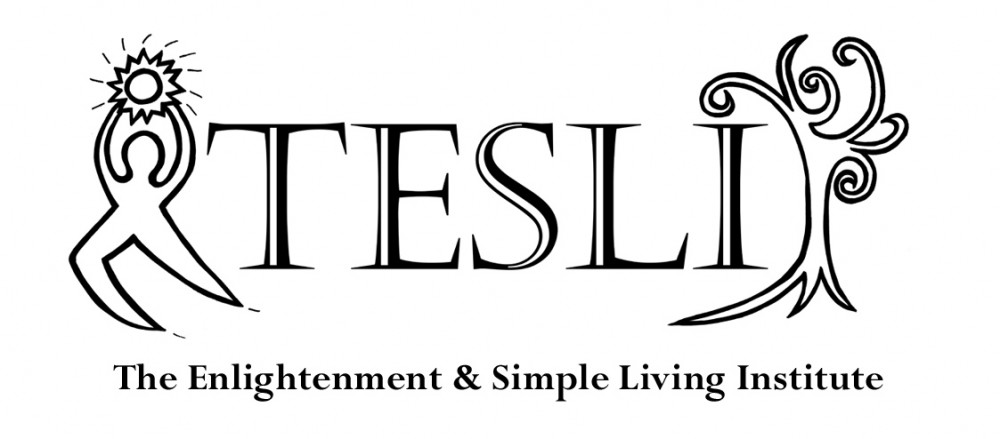In my Pharmacology of Addiction class we recently studied the history of inhalant use. Before 1959 there was no media mention of sniffing glue. That year a report of several children in Arizona and Colorado being arrested for intoxication from smelling glue was made in the Denver Post. This article included detailed information on how the glue was inhaled and the effects.
Within the next year Denver police, who had never heard of deliberate glue inhalation, had investigated around 50 cases. By 1961, they were seeing 30 cases a month of glue sniffing and that year they arrested 278 people. The publicity of the media, and the dire warnings they were broadcasting, had the effect of increasing curiosity and the spread of the glue inhalation trend. Indeed, by 1962 the Hobby Industry Association of America invested $250,000 to combat the spread of glue sniffing. This of course did not slow down the trend.
Now, why can’t we do this with meditation? Certainly tales of the mind and body bliss experienced in the jhanas should be sufficient to lure people into meditative concentration. The ancient masters of China used this technique to obtain internal art students. Demonstrations of great power and the promise of secret techniques are always sure to hook people.
Yet, I never hear people talking about the absolute blissful states that can be obtained in meditation. Perhaps this is because people dedicated to the path see the bliss as a consolation, but not really anything to lust after. However, I’d much rather see people approaching meditation with wrong motivation than going after an addictive drug with the same motivation. The truth is the practice will weed out people with wrong motivation and/or convert people to truly seeking a spiritual lifestyle.
Indeed, most meditation instructions fail to really discuss the stages of meditation. People begin to meditate without having a clear vision of what they are doing, how the practice changes the mind, and at what stage they can expect bliss to arise. I know that I decided to meditate because it was part of the Twelve Steps. I continued to do it because it was part of the Noble Eightfold Path as well as Tibetan Lam Rims.
I think we are seeing this with Yoga. In record numbers people are practicing yoga and most of them have no idea what they are doing. Actually they know what they are doing, but it is not the original intention of the practice.
In Tibetan Buddhism, yoga is a secret teaching. After 20-25 years of study one graduates from the open or sutra teachings and then is taught yoga and other secret subjects in small private classes. Now, we have people practicing these deep methods with rarely a clue to what they can really do. I love it! Certainly, meditation is similar. Many people start doing it, like me, without really a clue to why or what. I only knew it was something good for me. Perhaps we can be more vocal about the bliss in order to attract more people?
REFERENCES
McKim, W.A. (2007). Drugs and Behavior: An Introduction to Behavioral Pharmacology. Upper Saddle River, New Jersey: Prentice Hall.
